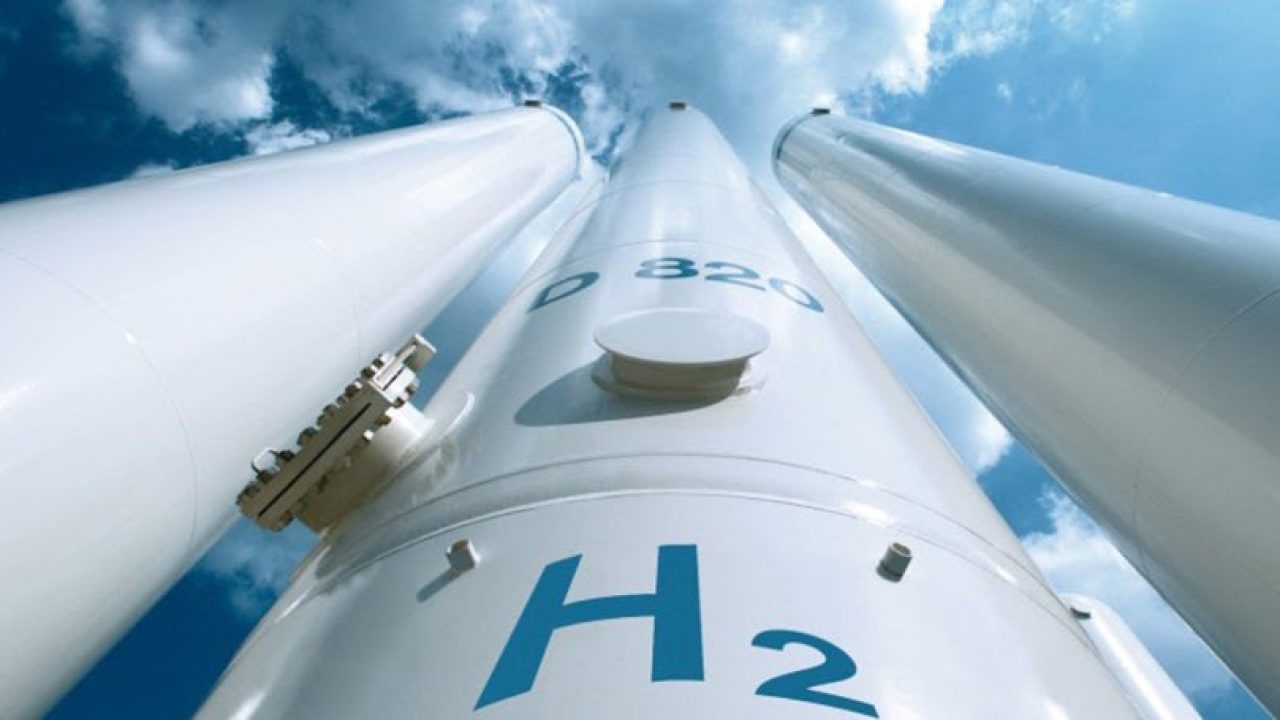A senior company executive said on Monday that French independent power producer HDF Energy expects its green hydrogen power plant in Namibia, Africa’s first, to start producing electricity by 2024.
The 3.1 billion Namibian dollar ($181.25 million) Swakopmund project will, once operational, supply clean electricity 24 hours a day, all year long, improving the country’s electricity supply, which currently imports about 40% of its power from neighboring South Africa.
One of the sunniest and least populated nations in the world, Namibia wants to use its enormous solar and wind energy potential to produce green hydrogen and establish itself as an African hub for renewable energy.
Although the technology is still in its infancy and is still relatively expensive, hydrogen is regarded as “green” when it is produced using renewable energy. It is also seen as a key to assisting in the decarbonization of industry.
In the project, electrolyzers will be powered by 85 MW of solar panels, producing hydrogen that can be stored.
“Yearly we can produce 142 gigawatt hours, enough for 142,000 inhabitants, and that is conservative,” said Nicolas Lecomte, HDF Energy director for southern Africa.
HDF Energy is also eyeing new projects across Africa and other parts of the world.
“Soon after southern Africa, you will see HDF developing projects in east Africa,” Lecomte told Reuters.
The European Union also plans a deal with Namibia to support the country’s nascent green hydrogen sector and boost its own imports of the fuel, EU and Namibian officials said, as the bloc works to reduce its dependence on Russian energy.
A second company, Hyphen Hydrogen Energy, with Namibian registration, is in negotiations with the government of the nation to secure an implementation agreement for its intended $10 billion green hydrogen project, which will generate about 350,000 tonnes of green hydrogen annually before 2030 for international and regional markets.

